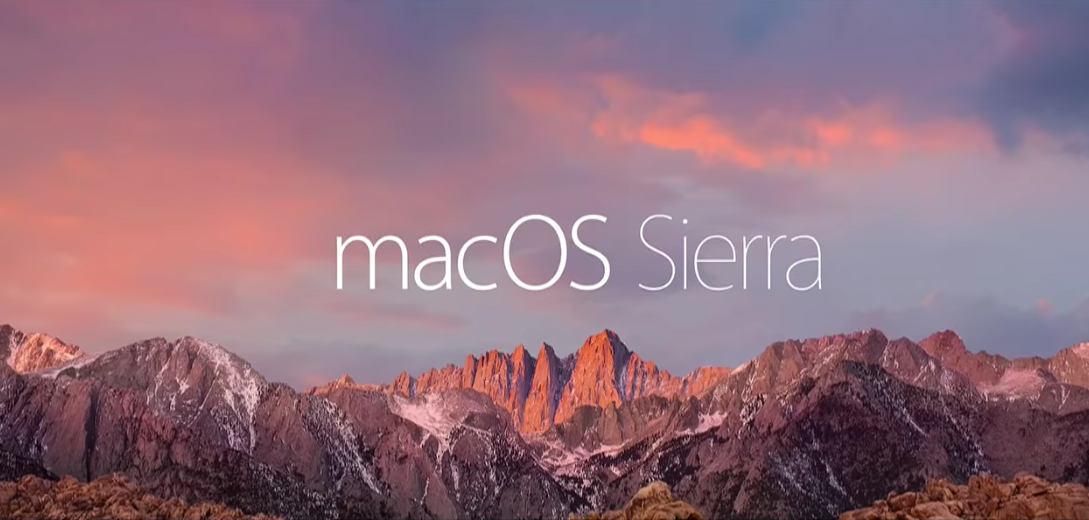What Happened
Apple has officially joined Google and Mozilla in the effort to put Adobe’s Flash to bed. The Cupertino company announced in a blog post on Tuesday that it will be deactivating Flash by default on Safari 10, opting for HTML5 content implementations on websites when available. That means no auto-playing video ads or animated web pages powered by Flash will be viewable in Safari in the new macOS Sierra which ships later this year.
What Brands Need To Do
Once the most popular way to serve rich media content and build an interactive website, Flash has been quickly fading out of use due to its resource intensity, numerous security flaws, and the rise of HTML5. Still, Flash has proven to be oddly resilient in the ad industry, partly due to institutional inertia among digital creatives. Now with Apple’s decision to default to HTML5, Flash is practically on its deathbed, which means it is high time that brands ditched Flash and switched to HTML5 for their ads and websites.
Source: The Next Web
Header image courtesy of Apple’s Keynote video on YouTube




